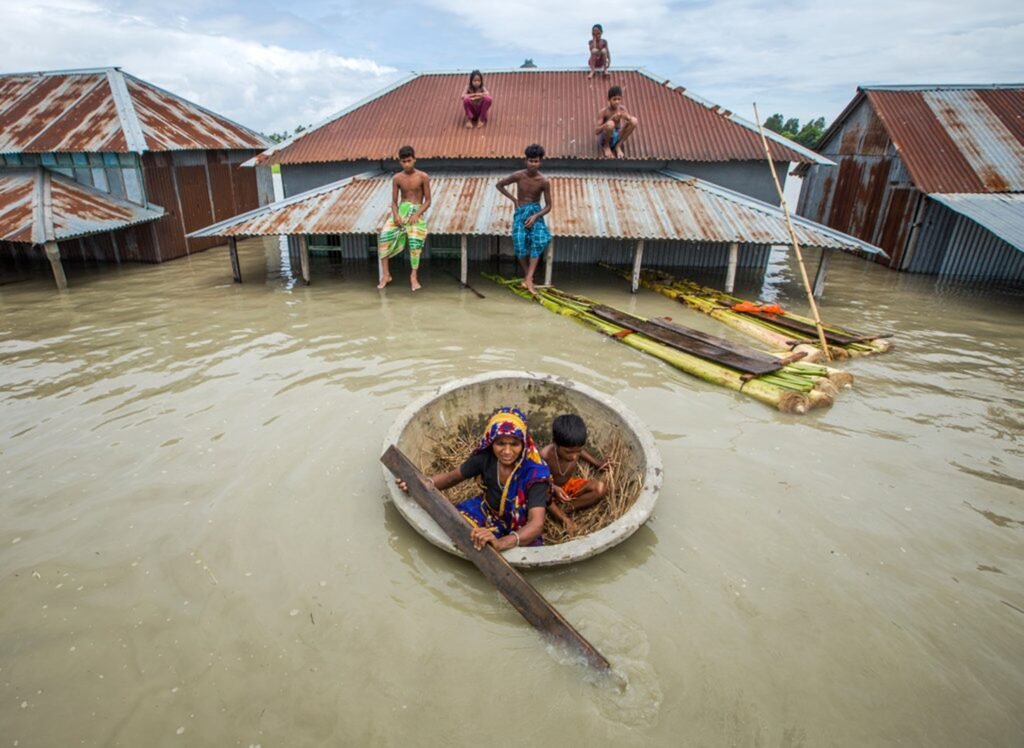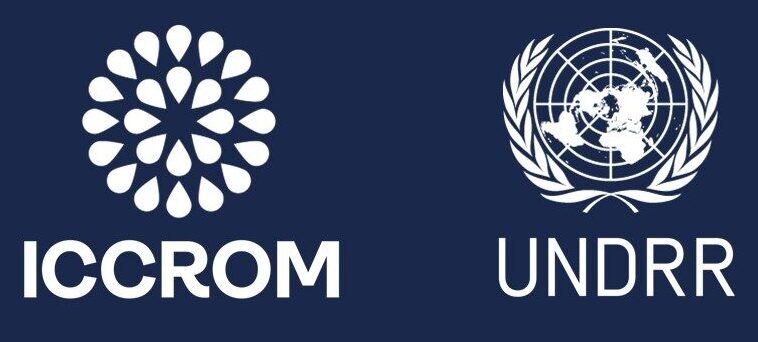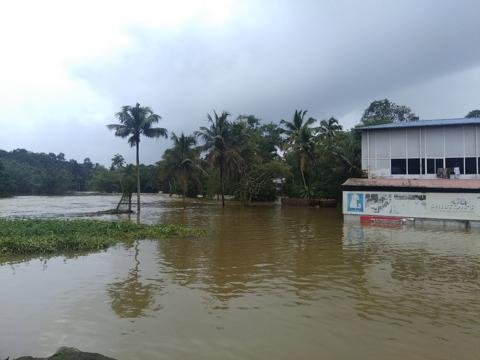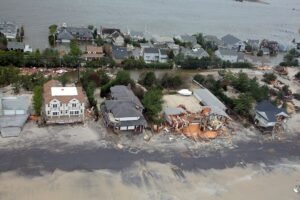Floods
A flood is a temporary overflow of water that submerges land that is usually dry Floods can be produced by a variety of events, including severe rainfall, river overflow, strong winds, dam breaking, ice or snow melts, storm surges, high tides, tsunamis, and sea level rise. These are influenced by various factors, such as climate, topography, land use, and human activities.

Types of Floods
Coastal Floods
These are floods that occur in coastal areas due to storm surges, high tides, or tsunamis.
Non- Coastal Floods
Flash floods are sudden and rapid floods that occur within minutes or hours of a heavy rain event or a sudden release of water.
River floods occur when water levels in rivers, lakes, and streams rise and overflow onto the surrounding banks, shores, and land.
Urban floods which occur in urban areas due to poor drainage, land use changes, or infrastructure failures.
Secondary hazards
Examples of Traditional/Indigenous knowledge
- Communities, such as the Moken in Southeast Asia, the Uros in Peru, and the Tofinu in Benin, build their houses on stilts or rafts above the water level, which allows them to avoid or adapt to flooding. These houses are also movable and flexible, which enables them to relocate or adjust to changing conditions (undrr, 2022).

- Communities, such as the Maroons in Suriname, the Zuni in the US, and the Sri Lankans in the dry zone, create water storage and drainage systems, which help them manage and utilize the floodwater. For example, they dig wells, ponds, or tanks, which store water for domestic or agricultural use. They also construct canals, ditches, or terraces, which divert or drain excess water (World Bank, 2023).
- Communities, such as the Maori in New Zealand, the Balinese in Indonesia, and the Maya in Mexico, perform rituals and prayers, which help them cope with floods. For example, they offer sacrifices, offerings, or chants, which appease or invoke the gods or spirits that control the water. They also seek guidance, protection, or healing, which strengthen their faith and resilience (Keane, 2011).

References
Keane, B. (2011). Traditional Māori religion – ngā karakia a te Māori – Rituals and ceremonies. Retrieved from Te Ara – the Encyclopedia of New Zealand: https://teara.govt.nz/en/traditional-maori-religion-nga-karakia-a-te-maori/page-5
Rethinking the Future. (2022). Indigenous knowledge helps fisherfolk cope with floods. Retrieved from https://www.re-thinkingthefuture.com/architectural-community/a8352-indigenous-flood-mitigation-and-rehabilitation-practices-for-human-settlements/
Thomas, J., & Erasmus, L. (2022). Floods create health risks: what to look out for and how to avoid them. Retrieved from The Conversation: https://theconversation.com/floods-create-health-risks-what-to-look-out-for-and-how-to-avoid-them-181718
UNDRR. (2022). Words into Action: Using Traditional and Indigenous Knowledges for Disaster Risk Reduction. Retrieved from UNDRR: https://www.undrr.org/words-action-using-traditional-and-indigenous-knowledges-disaster-risk-reduction
World Bank. (2023). Sri Lanka’s Ancient Treasure Trove: Rehabilitating Tank Cascades to Champion Climate Resilience. Retrieved from https://www.worldbank.org/en/news/feature/2023/03/22/sri-lanka-s-ancient-treasure-trove-rehabilitating-tank-cascades-to-champion-climate-resilience



